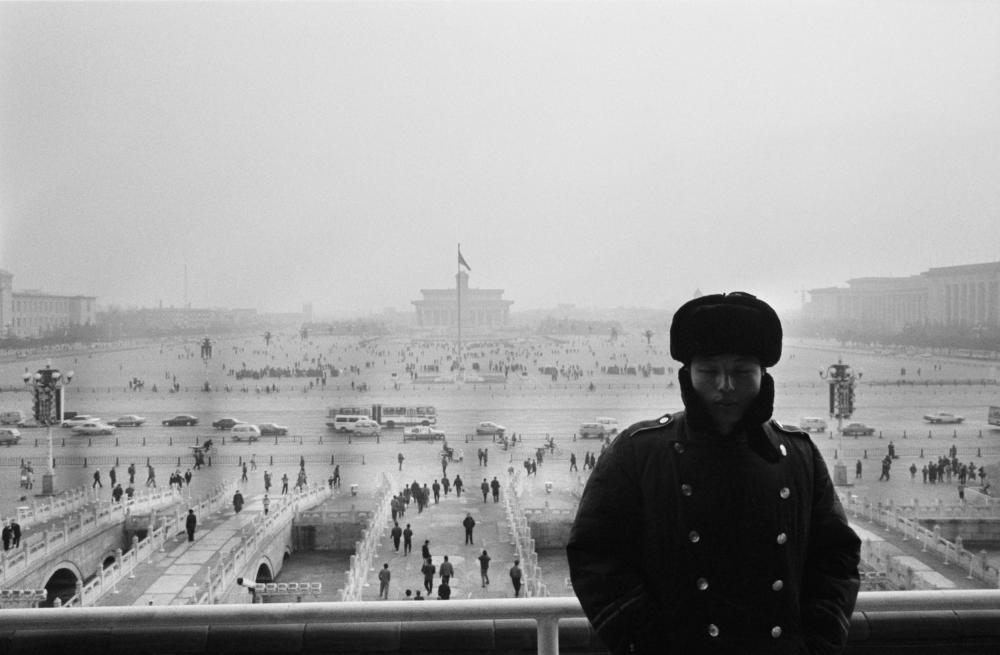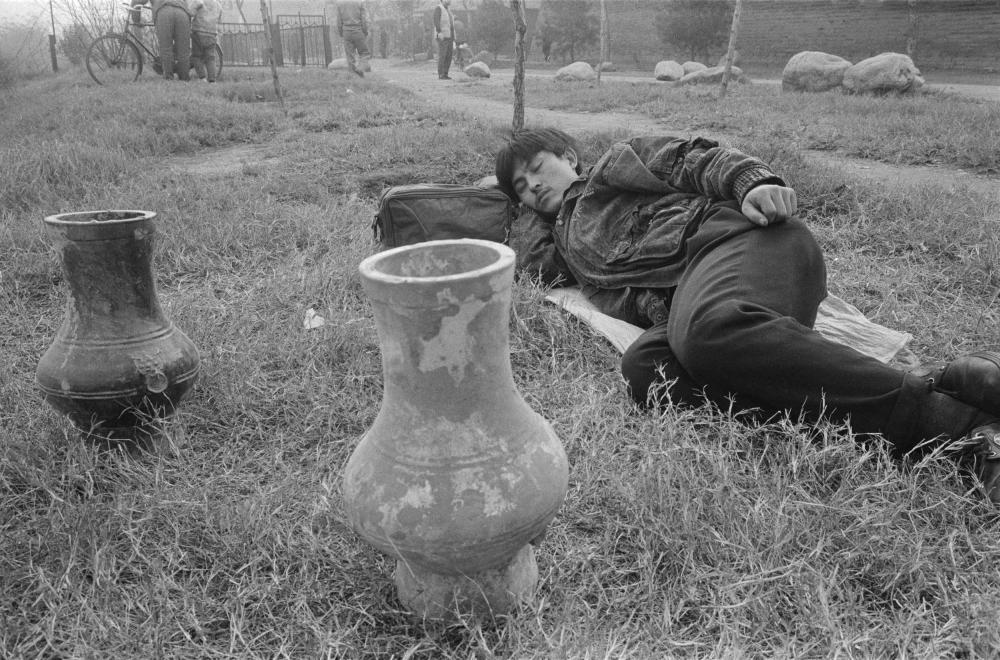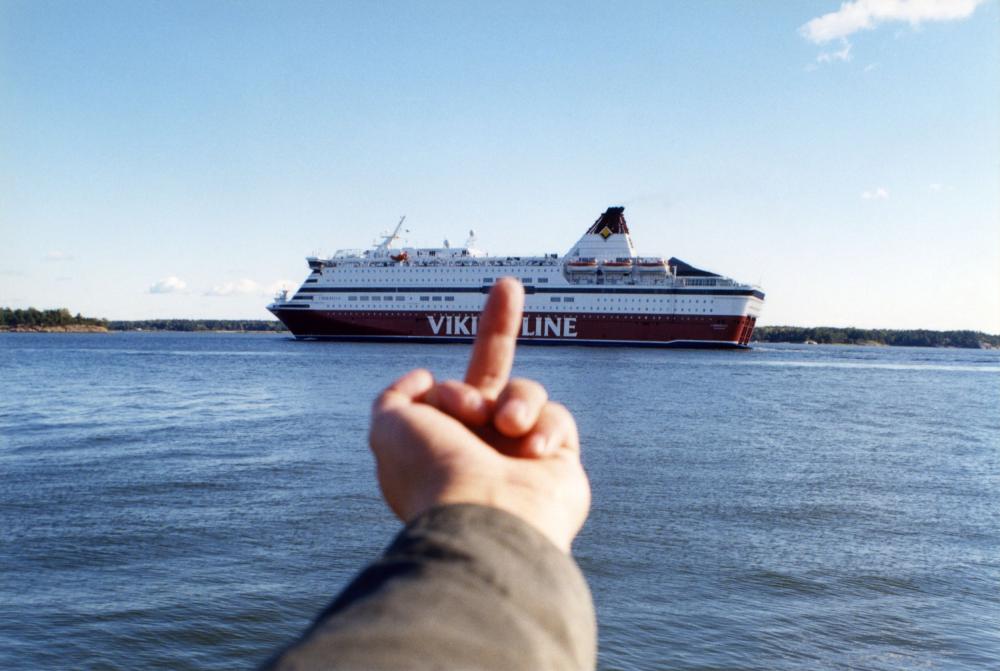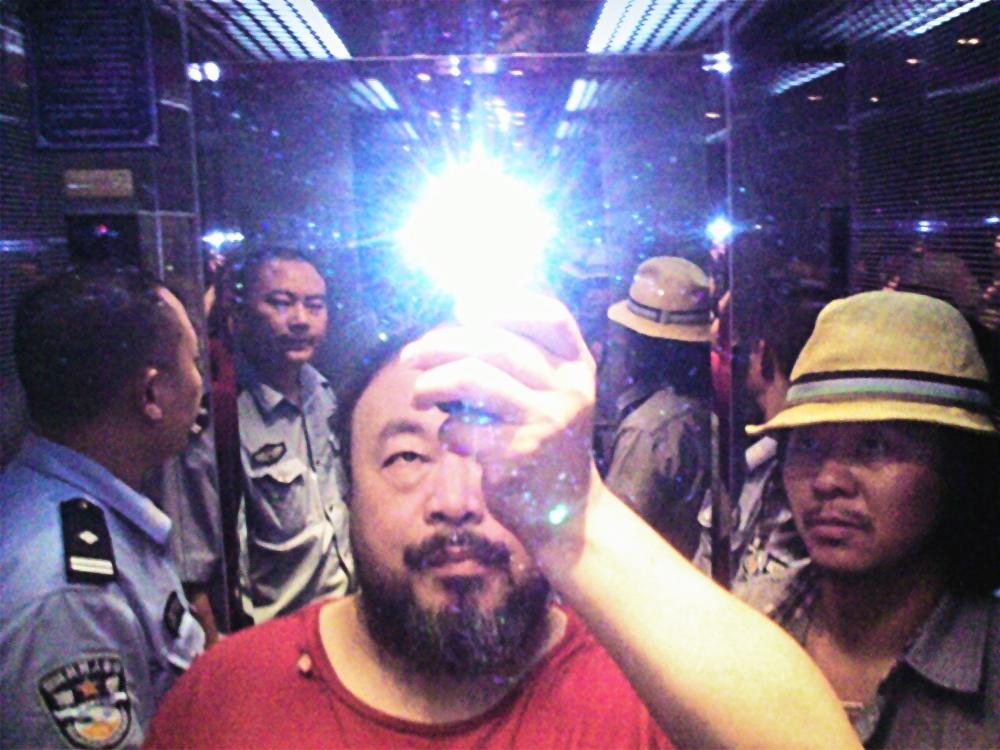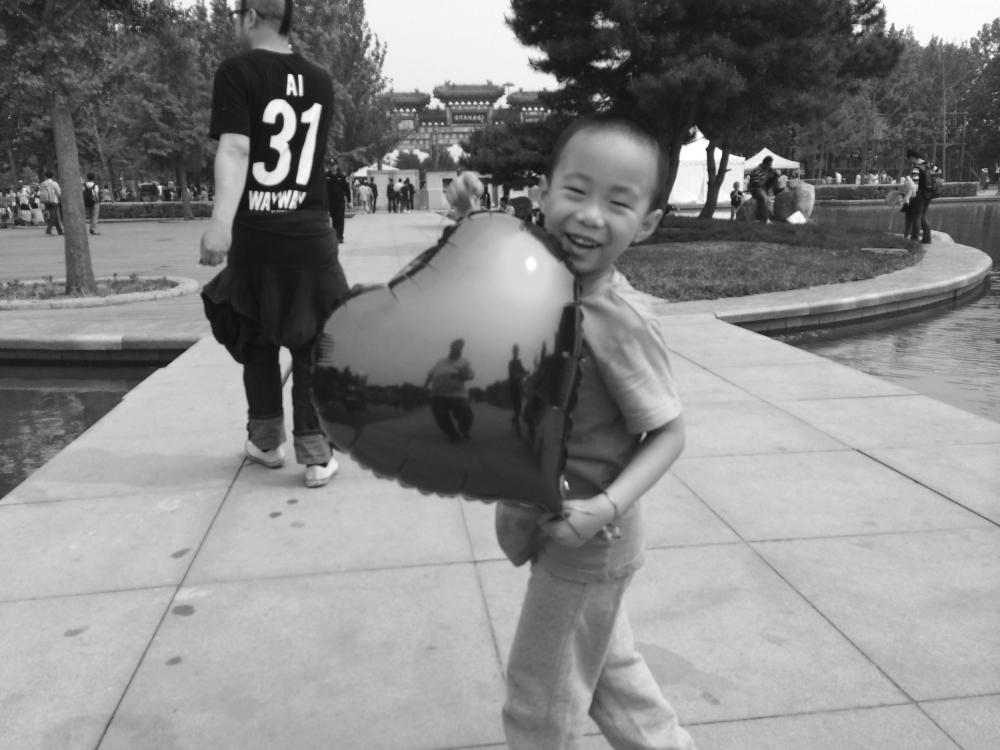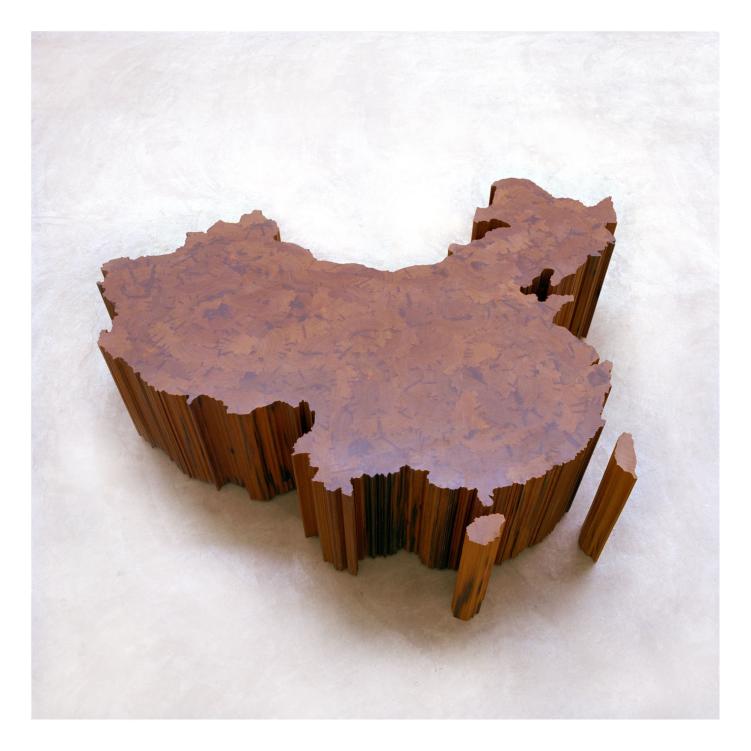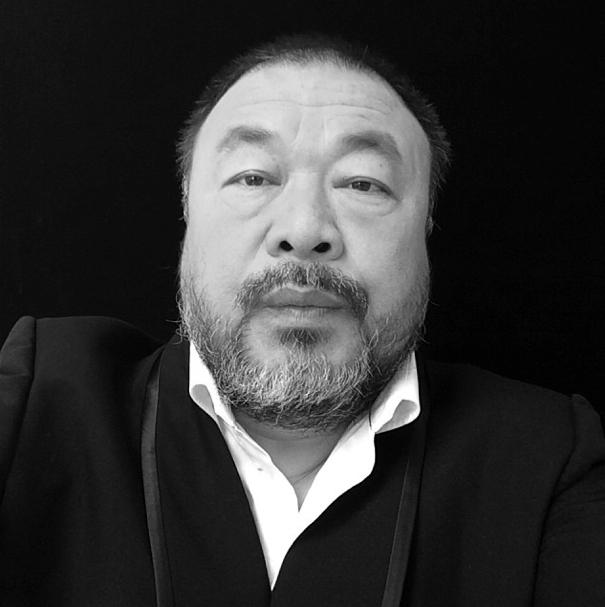On the Table
Ai Weiwei
05.11.2014 – 01.02.2015
Curator: Rosa Pera
Opening: Tuesday 4 November, at 7.30 pm.
The exhibition aims to give an idea of the scope of Ai Weiwei's artistic career, from his beginnings in 1980s New York to his present-day status as the best-known and most influential Chinese artist in the world. Work by this media-savvy activist calling for greater freedom in China can now be found in leading contemporary art museums and collections worldwide.
Ai Weiwei makes use of a number of artistic practices, including photography and documentary film, sculpture, design and architecture, in operations that transcend formats and disciplines to create images that infiltrate and propagate through social networks and popular culture. In addition to several key pieces for appreciating this artist’s work, the show at La Virreina Image Centre also presents unseen work, new productions and installations by Ai Weiwei specially designed for this exhibition.
Ai Weiwei is well known for his longstanding confrontation with the Chinese communist government and for his large-scale installations in leading contemporary art museums and events worldwide. He works on a global scale with any format and medium that comes to hand—or simply invents new ones. A staunch defender in the struggle for freedom, he has used his work as a potent mouthpiece for speaking out against the unseen repression and censorship as China opens up to capitalist markets. As an artist, he strives tirelessly to raise critical awareness in society.
On the Table. Ai Weiwei aims to give a comprehensive overview of his work by exploring some of his best-known pieces alongside previously unseen work. Ai Weiwei makes use of a wide range of techniques—including photography, architecture, video, sculpture, graphic design, installations, objects and music videos, among others—but central to all his work is the role of the image as a construction and vehicle for reality. He then uses this to explore the tensions between truth and lies, evidence and ambiguity, control and freedom, politics, art, power and society.
Ai Weiwei sees art as a device for striking up dialogues within various contexts, comparing and contrasting different traditions and visions, negotiating, dissecting, projecting and sharing: like a table on which we can lay out our credentials and show our cards, discovering what is underneath and, if necessary, turning the tables.




